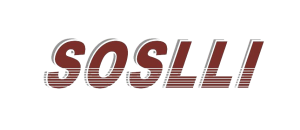1. The newly purchased lithium-ion battery has very little power, so when the user gets the battery, it can be used directly and recharged after the remaining power is used up. After 2 to 3 times of normal use, lithium ions can be fully activated.
2. Prevent frequent overcharging. Qualified chargers will not overcharge, but inferior chargers will overcharge and cannot be avoided. Overcharging will cause the temperature inside the battery to rise, which is harmful to lithium-ion batteries and chargers.
3. Avoid using lithium-ion batteries that become hot after being fully charged. When the battery is recharged, the temperature may be very high. If they are used immediately, the internal temperature of the electronic components will rise, which may have a negative impact on the electronic components of the device.
4. When not using the instrument, make sure to remove the battery and store it in a dry and cool place.
5. Pay attention to the use environment of lithium ion batteries: the charging temperature of lithium ion batteries is 0°C to 45°C, and the discharge temperature of lithium ion batteries is -20°C to 60°C.
6. Prevent contact with metal contacts, so as to prevent metal objects from contacting the positive and negative electrodes of the battery, which may cause a short circuit, damage the battery or even cause danger.
7. Do not knock, acupuncture, step on, modify or expose the battery to microwave, and do not place the battery in a microwave high-pressure environment.
8. Use a suitable charger. When we use electronic equipment carefully, we cannot ignore that bad chargers can cause harm to lithium-ion batteries. When choosing a charger, the original charger is a better choice.
Post time: Mar-05-2021
